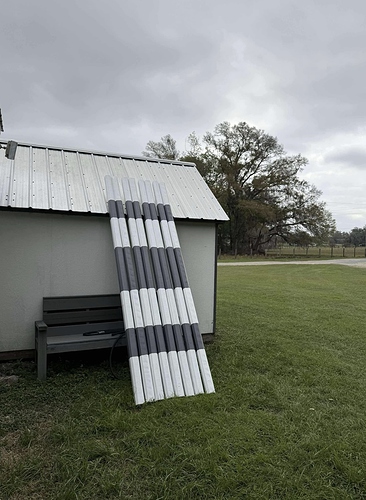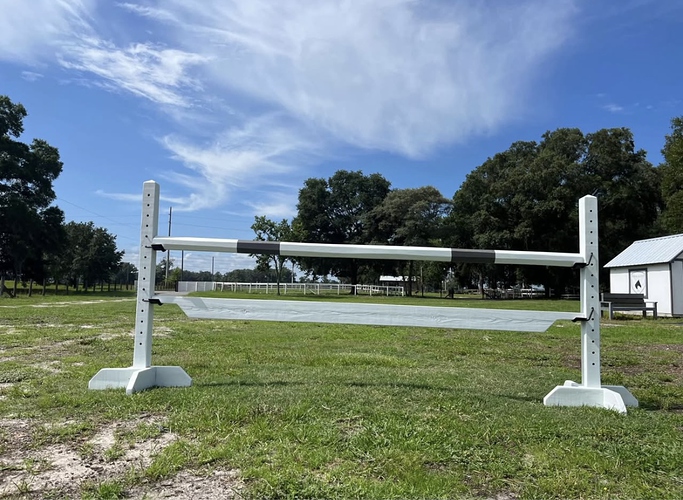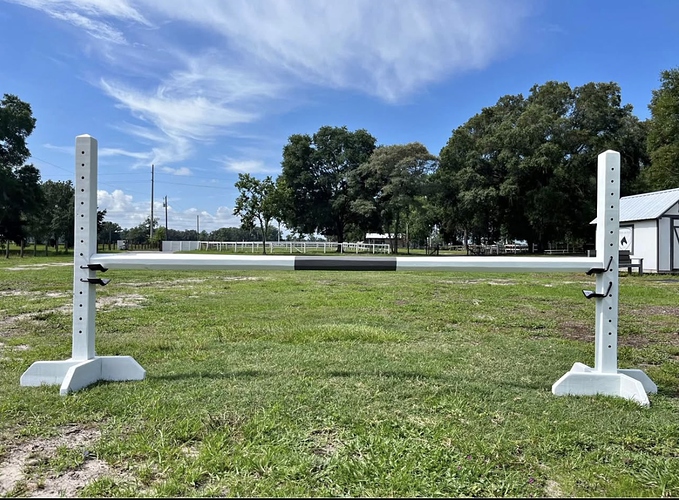I ordered jumps about a month ago, and the lady is almost done making them. I think most of them are painted, if not all of them already, so I think it’s too late for any changes. However, I just realized that all the jumps are gray and white—some are solid white, while others are white with chunks of gray. Now, I’m wondering if it was a mistake to have all the colors be the same without incorporating any bright colors.
I’m not sure if having only gray and white jumps makes a difference when training at home versus competing at shows, where the jumps have more variety. Since I show in hunters, I know the jumps aren’t typically bright or overly decorated, but should I have included more diversity in the colors? I feel like I might have limited myself, and I don’t know if that could be a disadvantage for my horse in the long run.
That said, I do have a couple of white planks with black triangles, as well as a few white wooden flower boxes that I can fill with bright flowers. I know that’s nothing really crazy or too different, I just didn’t consider how the color choices might affect training until now.
I also attached pictures of what the jumps will look like, and I’m unsure if the pattern of the gray chunks makes a difference—for example, having three gray chunks versus one in the middle, or just two gray chunks on the outside.



